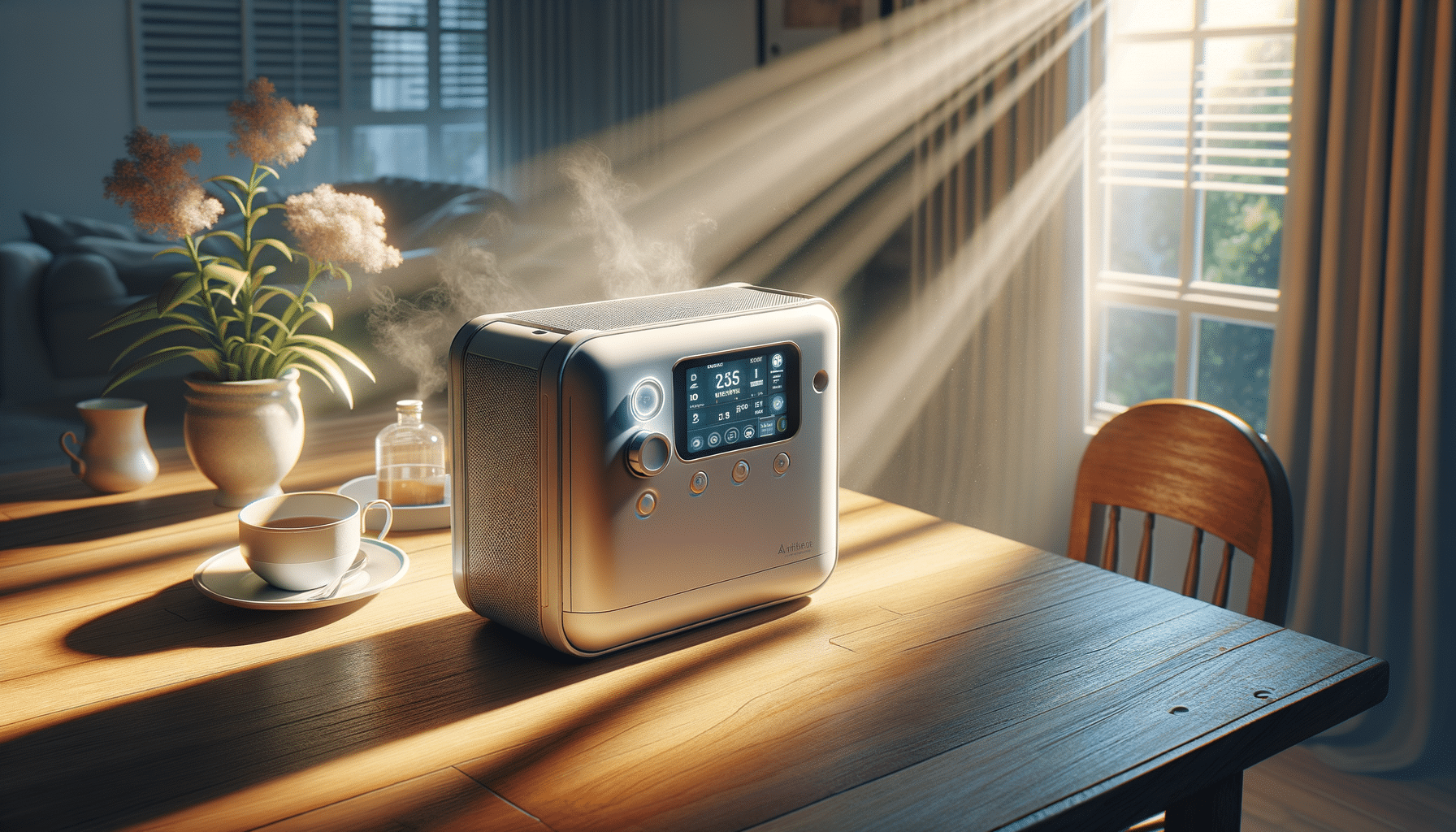
A Guide to Finding Affordable Portable Oxygen Concentrators
Introduction to Portable Oxygen Concentrators
In today’s fast-paced world, the need for portable healthcare solutions has become more critical than ever. Among these, portable oxygen concentrators stand out as a vital tool for individuals requiring supplemental oxygen. These devices offer freedom, mobility, and independence, allowing users to maintain an active lifestyle. Understanding how portable oxygen works and the types of oxygen concentrators available can help individuals make informed decisions when selecting the right device for their needs.
Understanding How Portable Oxygen Works
Portable oxygen concentrators are ingenious devices designed to provide oxygen therapy to individuals with respiratory conditions. The primary function of these concentrators is to extract oxygen from the surrounding air, concentrating it to deliver a higher purity of oxygen to the user. This process involves several key steps:
- Air Intake: The concentrator draws in ambient air, which consists of approximately 21% oxygen, 78% nitrogen, and other trace gases.
- Filtration: The air passes through a series of filters to remove impurities, ensuring clean air enters the system.
- Compression: The filtered air is compressed, allowing oxygen molecules to be separated from nitrogen and other gases.
- Concentration: Using a process called pressure swing adsorption (PSA), the concentrator isolates and collects oxygen molecules, increasing the oxygen concentration to about 90-95%.
- Delivery: The concentrated oxygen is delivered to the user through a nasal cannula or mask, providing the necessary oxygen therapy.
This technology allows users to receive consistent oxygen flow, whether at home or on the go, without the need for bulky oxygen tanks.
Types of Oxygen Concentrators
Oxygen concentrators come in various types, each designed to cater to different needs and preferences. Understanding the differences can help users choose the most suitable device:
- Stationary Oxygen Concentrators: These are larger units designed for home use. They provide a continuous flow of oxygen and are typically more powerful, supporting higher oxygen flow rates. However, they are not portable and require a constant power source.
- Portable Oxygen Concentrators: As the name suggests, these are compact and lightweight devices that offer mobility and flexibility. They operate on batteries, making them ideal for travel and outdoor activities. While they may provide a lower flow rate compared to stationary units, they are sufficient for most users’ needs.
- Pulse Dose vs. Continuous Flow: Portable concentrators can deliver oxygen in two modes. Pulse dose provides oxygen in bursts when the user inhales, conserving battery life and extending usage time. Continuous flow provides a steady stream of oxygen, similar to stationary units, and is suitable for users who require constant oxygen delivery.
Choosing between these types depends on the user’s lifestyle, oxygen requirements, and personal preferences.
Guide to Portable Oxygen
Selecting the right portable oxygen concentrator involves several considerations to ensure it meets the user’s specific needs. Here’s a guide to help navigate the selection process:
- Assess Oxygen Needs: Consult with a healthcare provider to determine the required oxygen flow rate and whether pulse dose or continuous flow is necessary.
- Consider Portability: Evaluate the weight and size of the concentrator. A lightweight and compact design is crucial for users who travel frequently or lead an active lifestyle.
- Battery Life: Check the battery life and charging options. Longer battery life is beneficial for extended outings, while easy charging solutions ensure the device is ready when needed.
- Noise Level: Some concentrators operate more quietly than others. Consider the noise level, especially if the device will be used in quiet environments or during sleep.
- Budget: While quality and features are important, affordability is a key factor for many users. Exploring different brands and models can help find a concentrator that balances cost and functionality.
By considering these factors, users can find a portable oxygen concentrator that enhances their quality of life and supports their health needs.
Conclusion: Empowering Lives with Portable Oxygen
Portable oxygen concentrators have revolutionized the way individuals with respiratory conditions manage their health. By providing a reliable source of oxygen and the freedom to move about, these devices empower users to live life to the fullest. Understanding how portable oxygen works and the different types of concentrators available allows individuals to make informed choices, ensuring they select a device that aligns with their lifestyle and medical needs. As technology continues to advance, the future of portable oxygen therapy looks promising, offering even more opportunities for enhanced mobility and independence.